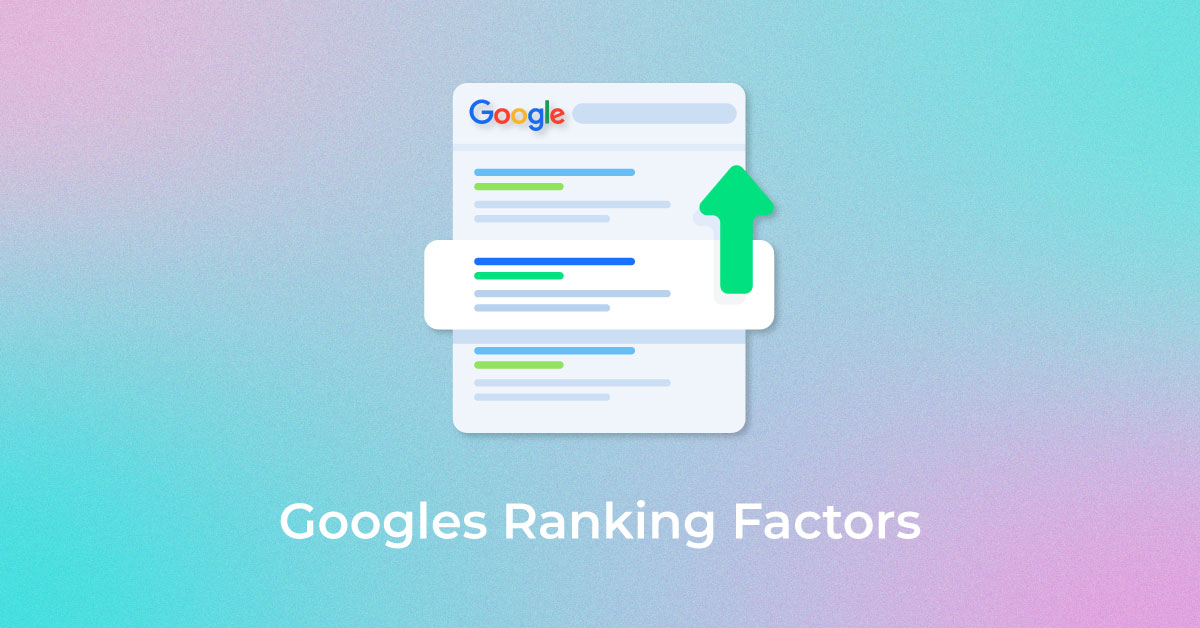What is Content Refresh
Search behavior changes. The content that is relevant today can become obsolete tomorrow. This is where content refresh in SEO becomes important. You can update your content with new keywords, add new material, incorporate visuals, or update links or tags. Content updates have a huge potential to drive traffic to underperforming pages and have been a key strategy used by SEO experts for many years.
Why do we need to refresh content?
1) Content is not written well
If you look at your old content, it may seem disorganized to you. After all, you were probably a novice when you started. To make it more compelling and engage readers, you must update old content.
2) Click-through rate is horrible
Often, old content stops receiving traffic due to irrelevant meta descriptions and poor headlines. This results in a significant decrease in the click-through rate (CTR). One way to get out of this situation is to perform content refurbishment with an appealing and keyword-rich title tag.
3) No Organic Search Traffic
Organic searches are the result of an effective SEO strategy. You will receive organic traffic if your content is optimized, media formats are device-compatible, and images have proper alt tags. As such, you won’t be able to rank that specific content for organic search is difficult if these SEO technicalities are missing.
4) Outdated Information
Updating static content titles with new information can help with gaining organic traffic. Topics like budget, articles on the growing population, etc. will need to be updated over time with new information and statistics to keep them relevant after years of publication.
5) Add Or Remove Links
Links help determine your search engine ranking. If you include irrelevant links in your content, your users are unlikely to navigate to other pages, and the awareness stage of your marketing funnel will be ineffective. However, you could resolve this by refreshing the content with the most useful links.
Which content should you refresh?
1) Make a List of Old Pages
Go through your existing blogs to determine which content needs to be refreshed. Begin by compiling a list of contents by the date they were published on your site’s Content Management System (CMS). You can also track the URLs of your web pages that contain dates. If the manual process appears to be too difficult, use Google Analytics.
Once you have completed the preceding steps, save the data to an Excel sheet or CSV file. It will make content selection easier and more organized for the content refresh process. Some CMS platforms include this as a standard feature.
2) Analyze data on the pages
Once you have a list in front of you, the next step is to go over every piece of content. Examine how your content performed in the past, such as traffic volume, bounce rate, page session, and so on. Use Google Analytics to see how the traffic volume and conversion rate have changed over time. It will tell you whether the page is still relevant and has the potential to drive traffic if updated.
Look for pages that have generated a lot of social media shares. Topics that have performed well on social media can be repurposed to reach new clients while also connecting with existing ones.
3) Sort and Organize
Now that you have the list and the analysis report, the next step is to sort the content that needs to be refreshed and republished. You can do so by categorizing the pages as outdated or relevant. Relevant content requires little effort. Adding infographics or new keywords can help them regain their previous search engine position.
For outmoded content, you must conduct extensive research to determine what can be added to address customers’ pain points. Try to add visuals like infographics or videos to attract users. Marketing such content necessitates special consideration, and you may take the route to emailers, social media platforms, etc.
How to Refresh Existing Content?
1) Correcting Errors
It is difficult to protect yourself from misinformation or fake news in the digital age. What about the content you have created if it is based on incorrect information? What impact would it have on the users who read them? If you do not work on replacing or modifying such content, your site’s image will undoubtedly suffer. As a site owner, duly verify the information from official sources before putting it into your piece.
Another common problem is with statistics that keep changing every month or a year. Make sure that you are identifying such content and that you are updating them with new information. Apart from factual errors, you should also look for grammatical errors.
2) Update Title & Description
Working on your meta description and the title is one of the simplest ways to drive traffic to your content or web page. The content title should be compelling enough to entice users, and the description should tease viewers as to what information they will find in the content. Experimenting with the title will give you an idea of how it will affect the click-through rate and whether it has the potential to improve your SERP position. But before you proceed, it is recommended you first test the changes using various methods. Also, ensure your description has the most relevant keyword.
3) Include New Keywords
When you analyze your existing content, you will notice that many of pieces are underperforming and are not ranking for the keywords you originally targeted. However, there is a chance that such content will rank well for other keywords. It is better to optimize your pieces with new keywords to drive traffic. Many website owners are hesitant to perform this step because it appears tedious to them. However, keyword research and optimization have become easier with the availability of numerous content refresh SEO tools on the market. Simply add some new keyword-rich content, and that web page will be ready to drive traffic.
4) Look at it from a slightly different angle
When you go through your site blogs, you may notice that many long or short-form contents are no longer relevant. You may also come across articles that were only covered by a few websites when you wrote them, but now there are so many that your articles may not look as promising. In such a case, it is critical to examine the content from a different angle before replacing it or beginning refurbishment.
Start by tweaking the title to make it more compelling. Include relevant sections that will assist you in responding to the prospects’ concerns. This will provide great valuable content to users and also improve your content’s ranking in search results.
5) Third-Party Content Creators
Working on existing content refurbishment is not difficult. However, it takes a significant amount of time to locate the resources that must be placed within it. Furthermore, once the content has been updated, you will need to devote time to marketing it. Thus, to help you save your precious time, third-party content creators are there to assist you.
According to the Content Marketing Institute, 56% of medium-sized businesses and 71% of large businesses hire third-party creators for their marketing needs. It allows them to get help from online marketing experts while still giving them enough time to focus on product development and other aspects.
6) Media Mix
Consider yourself a reader: would you read 5,000 words with no visuals? Readers nowadays prefer blog posts with interesting images or video content. Using infographics or other visuals to present long content concisely can improve your content marketing strategy significantly. These media formats are simple to share and have the potential to increase traffic.
Around 86% of businesses already use videos as part of their marketing strategy. For example, you can divide your content into sections in a PPT format to make it more digestible for your users. If you are using infographics, highlight key points from your content in the infographic post.
Popular Searches
How useful was this post?
0 / 5. 0

















